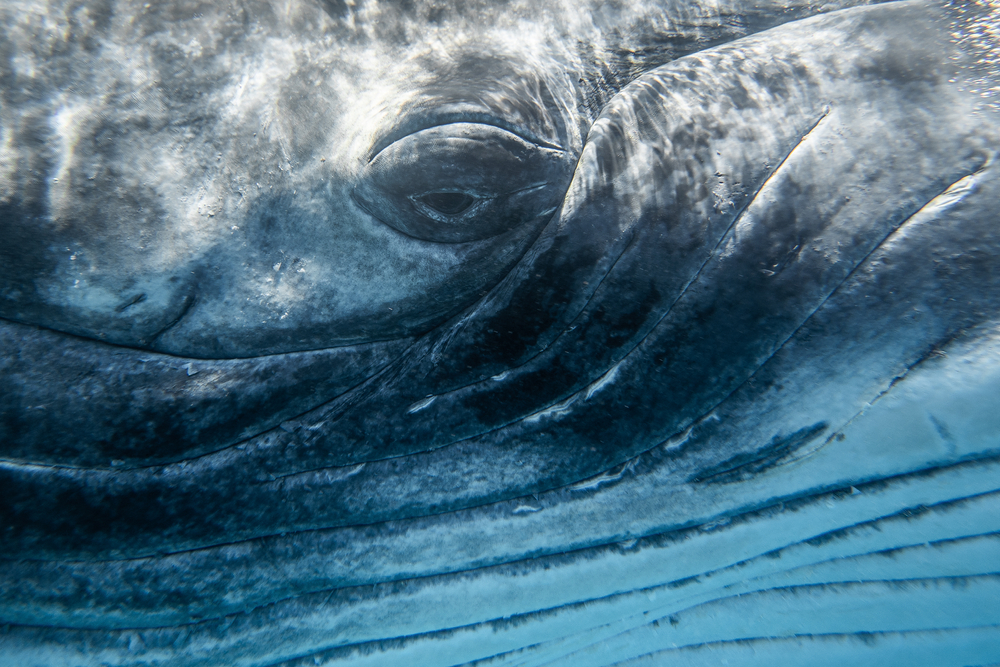Now Reading: Why Humpback Whales Struggle with Blurry Vision
-
01
Why Humpback Whales Struggle with Blurry Vision
Why Humpback Whales Struggle with Blurry Vision

Quick Summary
- Study Findings: research published in Proceedings of the Royal Society B reveals that humpback whales, despite their large eyes, have limited eyesight. Their visual acuity allows them to discern large shapes from a distance but not fine details.
- Key Details on Vision: Humpback whales are nearsighted and must be close to objects for detailed perception, making them vulnerable to human activities such as fishing nets.
- Research Origins: The study utilized a whale eye collected by UNCW’s Marine Mammal Stranding program. A decade later, it was investigated under an undergraduate thesis project by Jacob bolin.
- Applications for Conservation: Anatomical and perceptual models developed from this research may help design whale-amiable fishing gear to minimize harm.
- Broader Implications: The research raises questions about cetacean sensory perception and calls for further studies on how human activity affects their surroundings.
Indian Opinion Analysis
This discovery highlights the complex interplay between humans and marine ecosystems. India’s maritime zones house abundant marine biodiversity, including several migratory whale species like the humpback. Insights into these animals’ limited vision can inform how India approaches its conservation policies regarding oceanic wildlife-a critical factor given the nation’s industrial fishing industry. For instance, researchers could collaborate with local fishermen to adapt safer net designs based on findings like these.
Furthermore, this study underscores the importance of academic contributions-from undergraduate theses to interdisciplinary collaborations-in advancing knowlege about global biodiversity. It also serves as a reminder that scientific advancements abroad could inspire similar work within Indian institutions focused on preserving aquatic habitats.
Read More: Big Eyes-Blurry Vision – Why humpback Whales Struggle To See Clearly
























